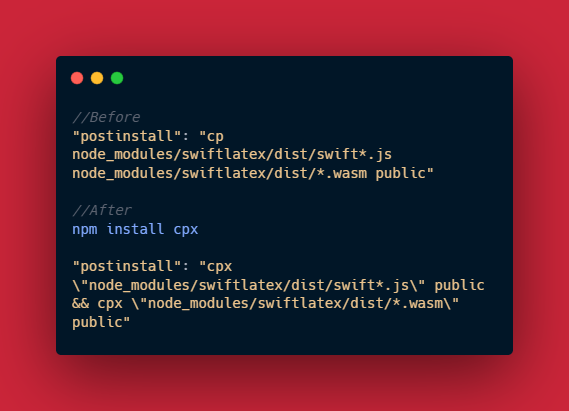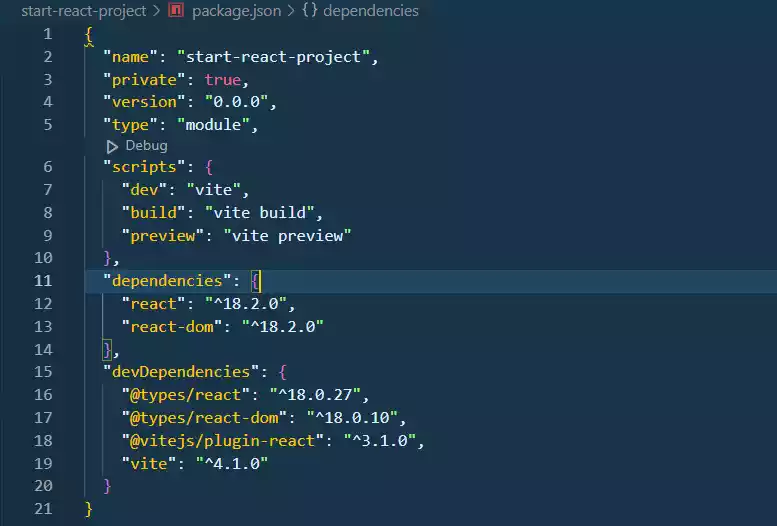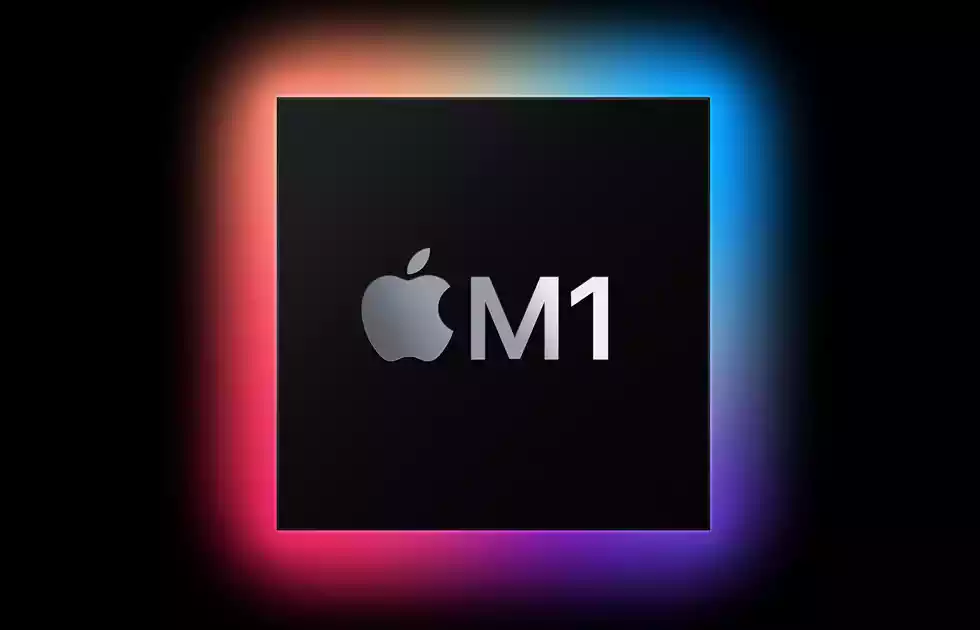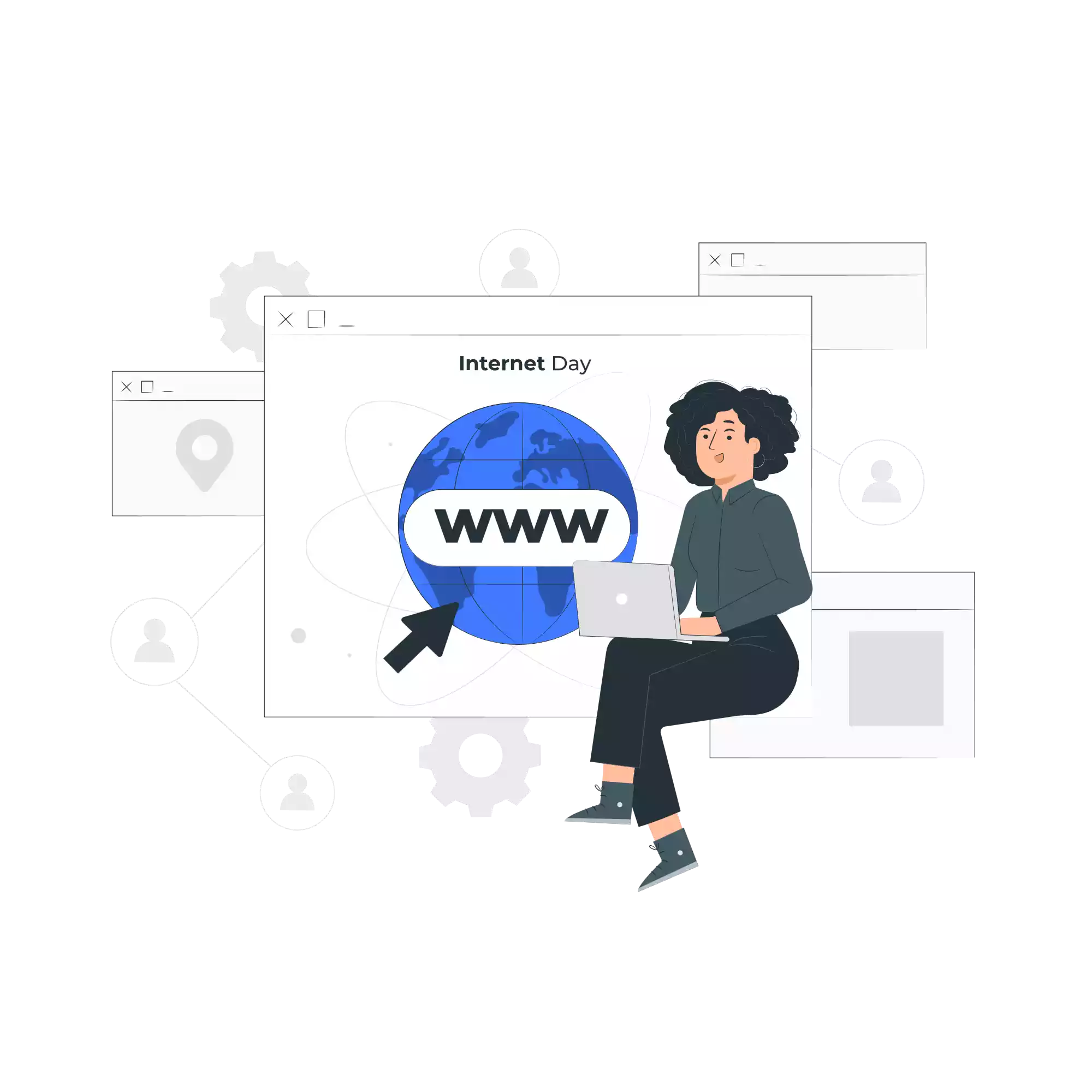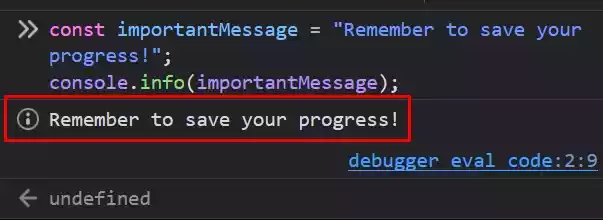Difference Between System Software and Application Software with Examples
Computer software is a set of instructions that tells a computer what to do. It is made up of two main types: system software and application software.
Table of Contents
What is System Software?
System software is a set of programs that control and manage the resources and operations of a computer system.
It is responsible for booting the computer, managing hardware, providing a platform for applications to run on, and performing other essential tasks.
System software is typically invisible to the user, but it is essential for the computer to function properly.
Examples of System Software
To better understand what falls under the category of system software, consider these examples:
1. Operating System: The operating system is the most vital piece of system software. It’s responsible for managing your computer’s resources and providing a platform for applications.
Common operating systems include Windows, macOS, Linux, and Android.
2. Device Drivers: Device drivers are programs that enable the operating system to communicate with specific hardware devices, like printers, scanners, and network adapters.
3. Utility Software: Utility software is designed to perform specific tasks, such as disk formatting, file compression, and data backup.
It includes antivirus software, file compression tools, and disk management software.
Features of System Software
System software boasts several distinctive features that set it apart:
1. General-Purpose: System software is designed to be versatile, making it usable across various applications.
2. Essential: It’s a fundamental part of your computer’s functionality.
3. Low-Level: System software is typically written in low-level languages like C or assembly language, which enhances efficiency and provides direct access to your computer’s hardware.
What is Application Software?
Application software is a type of software that is used to perform specific tasks, such as word processing, web browsing, and playing games.
Application software is designed to be used by the user directly, and it typically has a graphical user interface (GUI).
Examples of Application Software
Here are some common examples of application software:
1. Word Processors: Used for creating and editing text documents, word processors include Microsoft Word and Google Docs.
2. Web Browsers: To access and browse websites, you rely on web browsers like Google Chrome, Mozilla Firefox, and Microsoft Edge.
3, Games: For entertainment, games like Minecraft, Grand Theft Auto V, and Call of Duty provide endless enjoyment.
4. Productivity Software: These applications are designed for tasks such as creating presentations, managing spreadsheets, and scheduling appointments.
Popular examples include Microsoft Office Suite and Google Workspace.
5. Creative Software: If you’re into creating and editing multimedia content, software like Adobe Photoshop, Adobe Premiere Pro, and FL Studio have got you covered.
Features of Application Software
Application software is known for its distinct characteristics:
1. Specific-Purpose: It’s designed for particular tasks or functions.
2. User-Friendly: Application software typically features a user-friendly GUI for easy interaction.
3. High-Level Language: Unlike system software, application software is often written in high-level languages like Java, Python, or C#, making it more accessible for developers.
The Key Differences Between System and Application Software
| System Software | Application Software | |
|---|---|---|
| Purpose | To control and manage the computer system | To perform specific tasks for the user |
| Examples | Operating system, device drivers, utility software | Word processors, web browsers, games, productivity software, creative software |
| Features | General-purpose, essential, low-level | Specific-purpose, user-friendly, high-level |
Wrap Up
System software and application software are two important categories of software.
System software is essential for the computer to function properly, while application software is used by the user to perform specific tasks.
The two types of software work together to provide a complete computing experience.
FAQs
1. Can a computer function without system software?
No, a computer cannot function without system software. System software is essential for managing hardware resources and providing a platform for applications to run.
2. How do I know if I’m using system or application software?
If you’re using software to manage hardware, control your computer’s resources, or facilitate its operation, it’s likely system software.
If you’re using software to perform specific tasks, like word processing or web browsing, it’s application software.
3. Are there any crossover examples between system and application software?
Not really. System software and application software have distinct roles, and their functions rarely overlap.
System software ensures the computer’s operation, while application software focuses on user-specific tasks.
4. Can I write my own system or application software?
Yes, you can. However, writing system software often requires a deep understanding of hardware and low-level programming languages, while application software can be created using high-level programming languages and is generally more user-oriented.
5. How does the software interact with the computer’s hardware?
System software acts as an intermediary between application software and the computer’s hardware.
It translates high-level commands from application software into low-level instructions that the hardware can understand and execute.

